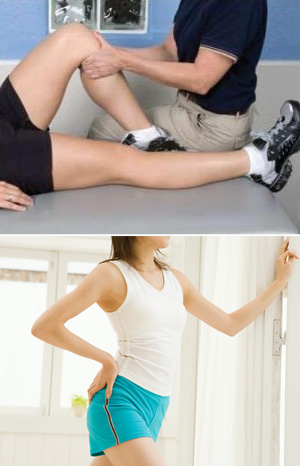Why Physical Rehab Is So Important
When you have knee or hip replacement surgery, your doctor will suggest you do physical rehab afterward. Don't brush this off! A regular exercise program is a key part of recovery from your operation. When you build up strength in the muscles around your new joint, it will help you get back to your normal activities.
 Benefits of Rehab Benefits of Rehab
Get the most out of your new knee. Rehab will help you:
• Restore normal movement in your joint
• Build up strength in the joint and surrounding muscles
• Ease pain and swelling
• Let you get back to your normal activities
• Help with circulation, particularly right after surgery, so you don't have problems with blood clots
Types of Rehab
Your doctor will probably refer you to a physical therapist. He may come to your home for regular visits. He may give you exercises to work on between sessions that help you improve your range of motion in the new joint.
You may also go to a physical therapy center to continue your rehab. Here you can work with a therapist as well as do exercises on your own.
Some rehab can also be informal -- exercises and movement you do by yourself. For example, when you have hip replacement surgery, every time you sit down and stand up you're working on your joint's range of motion. This is can keep the muscles around the joint strong long after surgery.
Rehab Right After Your Operation
If you've just had surgery, your doctor will have you start moving your joint very soon. If you're not in too much pain, you may actually start the day of the operation. At first you'll sit up on the edge of the bed, and maybe stand and walk a few steps with some help.
You'll work with a physical therapist on some simple exercises. For instance, he may ask you to pump your ankles or tense and relax your thighs.
During your hospital stay, you'll get up and walk around with the help of crutches or a walker.
Rehab Once You Get Home
You'll gradually add more strengthening exercises as you build up your endurance. You should exercise 20-30 minutes, two or three times every day -- or as much as your doctor suggests. Walking several times a day may also help. Start with only 5 minutes, and work your way up to 20-30 minutes, several times a day. Use a cane if you need it.
Whether you work with a therapist or on your own, stay as active as possible for your overall health. Now that you have a new joint, keep it in good shape! |